A PD is the distance between the visual axes of the two eyes.
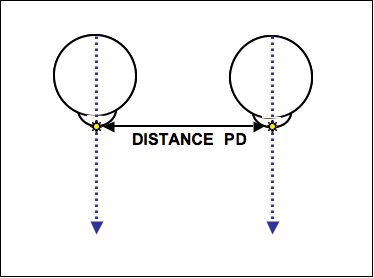
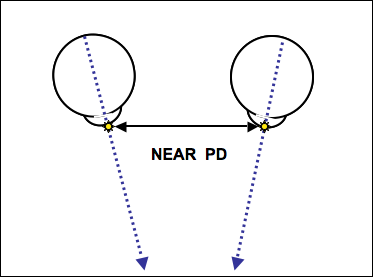
It can be measured manually with a ruler or automatically using a pupillometer. The pupillometer is more accurate as well as more consistent.
USING A PUPILOMETER
Place the nose pads on the patient’s nose with the forehead bar in place helping to center the instrument on the nose. Ask the patient to hold the pupilometer as if they were holding a pair of binoculars and tell them to look at the lighted circle.
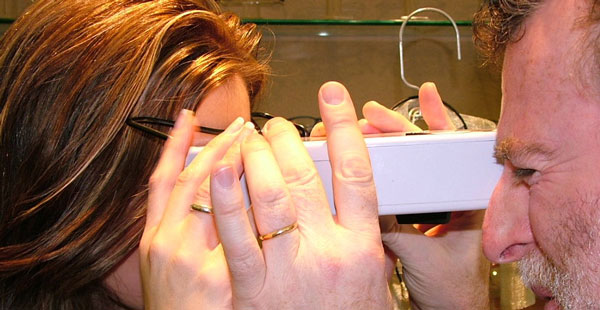
1. Set distance wheel to infinity (∞) for far PD or the correct near distance 35cm=~14 inches, 40cm=~16 inches, 45cm=~18 inches
2. Always take monocular PDs for SV and progressives, binocular PDs for bifocals and trifocals.
3. Record the findings (take it again to be sure).
4. Use the paddle to occlude either eye if the patient has difficulty with both eyes focusing on the ring target or if there is strabismus. Sometimes use of the paddle works best for kids.
TAKING A PD WITH A RULER
1. Sit directly in front of the patient and at the same height as the patient.
2. Place your pointer finger (left hand) in front of your left eye and ask the patient, with both eyes, to look at your finger. The patient’s right eye is looking straight ahead.
3. Set the zero point of the rule at the inner pupil margin.
4. Move your pointer finger in front of your right eye and ask the patient to look, with both eyes, at your finger.
5. Measure to the outer pupil margin of the patient’s left eye. This is equivalent to the distance from pupil center to pupil center.
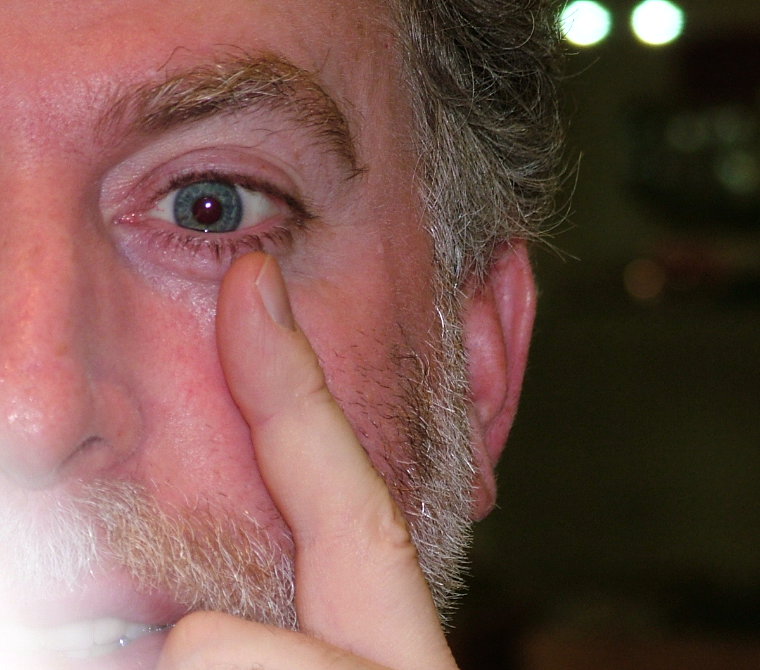
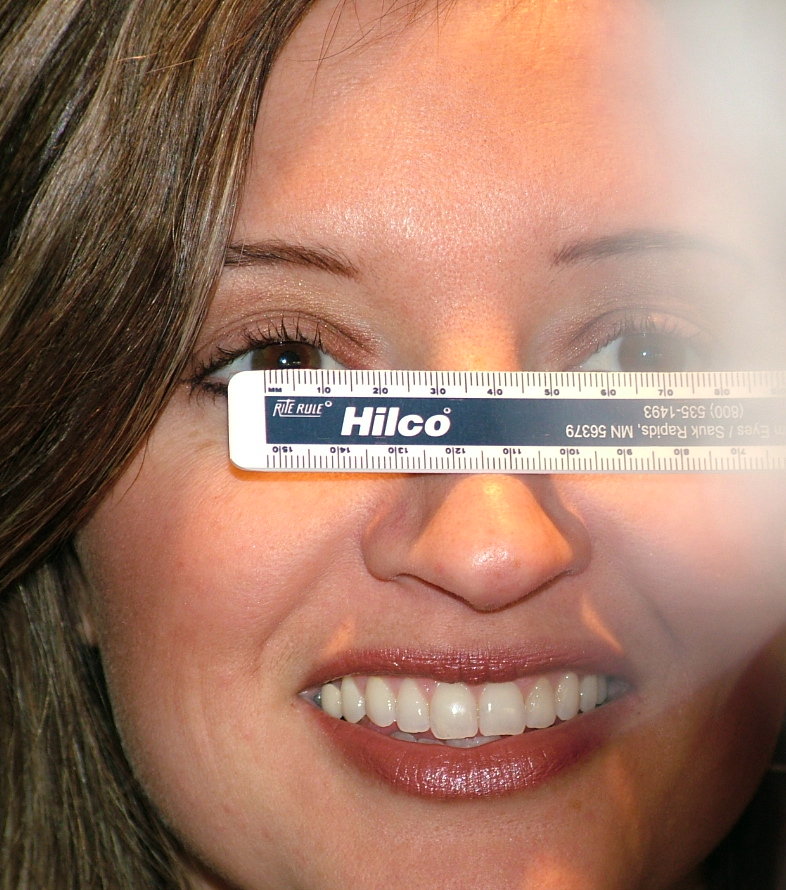
TAKING A NEAR PD
1. Have the patient look at your bridge center.
2. Place the zero point of the rule at the inner pupil margin of the right eye and measure near PD to the outer pupil margin of the left eye.
3. A penlight can light the visual PD and improve accuracy and consistency.
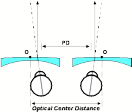
|
THE IMPORTANCE OF ACCURATE PDs
Good PD measurements are essential for proper optical alignment and excellent binocular vision. A wrong PD can cause the eyes to turn causing double vision and this is difficult for the patient to sustain. For example, this diagram shows minus lenses with too wide a PD that may create excess Base In prism. This causes the eyes to diverge, which is uncomfortable, fatiguing and may ultimately cause the patient to return to the office.











